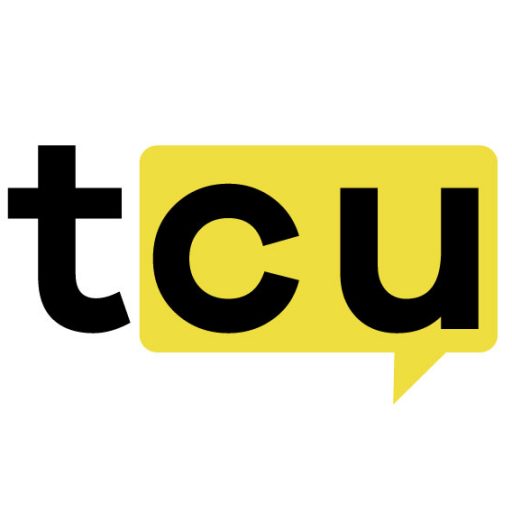Regulatory Breakthrough for Digital Assets
It’s interesting to see how quickly things can change in the financial world. After what felt like years of uncertainty, US banks have finally received the green light to hold Ethereum for their clients. This isn’t just some minor regulatory tweak—it represents a fundamental shift in how traditional finance views digital assets.
I think what’s particularly noteworthy is the timing. Throughout 2024, we’ve seen growing institutional demand for crypto services, but many banks were hesitant to dive in without clear regulatory approval. Now they have that clarity, and it’s likely to accelerate adoption significantly.
Institutional Adoption Accelerates
What strikes me about this development is how it addresses the compliance concerns that have kept many large institutions on the sidelines. Pension funds, insurance companies, and other major capital managers typically have strict compliance requirements that prevented them from holding crypto assets directly.
With banks now able to offer regulated custody solutions, these institutions can finally participate in the digital asset space through familiar, trusted channels. It’s not just about speculation anymore—we’re talking about serious institutional money that needs secure, compliant access to Ethereum.
Perhaps the most immediate impact will be on client confidence. When people see that major banks are willing to custody Ethereum, it lends credibility to the entire ecosystem. It’s one thing for crypto-native firms to offer these services, but when traditional financial institutions get involved, it signals a different level of maturity.
Building the Infrastructure
Now comes the practical side of things. Banks will need to invest heavily in infrastructure—secure storage solutions, staff training, compliance systems, and reporting mechanisms. This isn’t something that happens overnight. We’re likely to see a gradual rollout as institutions build out their capabilities.
What’s interesting to consider is how this might change the relationship between traditional banks and crypto companies. Rather than competing, we might see more collaboration. Banks bring regulatory compliance and institutional trust, while crypto firms bring technical expertise and innovation.
I suspect we’ll see new product offerings emerge—things like tokenized assets, improved settlement networks, and digital payment systems that leverage Ethereum’s capabilities. The approval for banks to custody Ethereum could serve as a foundation for much broader financial innovation.
Looking Forward
This regulatory approval feels like a turning point, but it’s just the beginning. The real test will be how quickly banks can implement these services and how clients respond. There’s still work to be done on the technical and operational fronts.
What’s clear is that digital assets are becoming increasingly integrated into mainstream finance. This move by regulators acknowledges that reality and provides a framework for responsible growth. It’s a significant step forward for the entire industry, and I’m curious to see how it plays out in the coming months.
![]()


